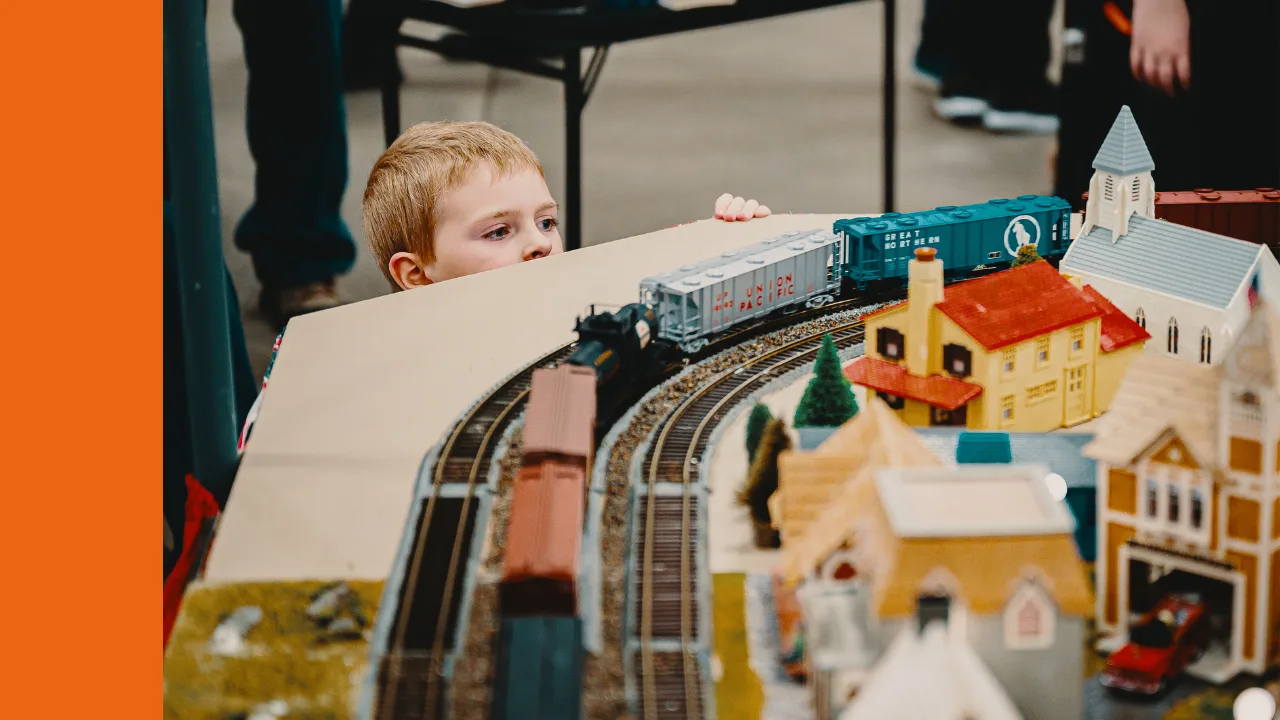The soaring gold price has been a hot topic this year as investors of all types flock to the precious metal amid rising uncertainty. For investors looking for broader exposure than a single ASX gold miner like Newcrest Mining Limited (ASX: NCM) or Evolution Mining Ltd (ASX: EVN), exchange-traded funds (ETFs) could be an alternative.
When it comes to gold ETFs, ASX investors can get exposure to the precious metal either directly or indirectly. Let’s briefly breakdown the difference between these two strategies using the ETFS Physical Gold ETF (ASX: GOLD) and the VanEck Vectors Gold Miners ETF (ASX: GDX).
The benefits of holding gold
Gold is traditionally viewed as a store of wealth and a hedge for share portfolios. It is a physical asset with a negative correlation with shares during periods of market stress, meaning that when share prices fall, gold prices (in general) tend to rise. In this way, gold can be used to protect wealth in volatile or declining markets.
There are several ASX ETFs which provide exposure to gold and as we’ve established, this is done in one of two ways: directly or indirectly.
GOLD versus GDX
These two ASX gold ETFs, GOLD and GDX, represent two common ways of gaining exposure to gold prices. The ETFS Physical Gold ETF takes a direct investment approach by providing a return equivalent to the movements in the AUD price of gold.
GOLD is backed by gold bullion held by JPMorgan Chase Bank in London, where the physical gold bars are individually identified and allocated. This means that an investor holding units of the GOLD ETF may opt to redeem those units for the physical asset.
This exposure is about as direct as it gets without purchasing gold bars.
In contrast, the VanEck Vectors Gold Miners ETF, GDX, takes a different approach, investing in companies which are predominantly involved in gold mining. The GDX ETF provides exposure to over 50 companies, most of which are based in Canada, the US, Australia, and South Africa.
As of July 2020, some of GDX’s top holdings include Newcrest, Newmont (NYSE: NEM), Barrick Gold (NYSE: GOLD), and Franco-Nevada (TSE: FNV).
This indirect approach to gold exposure is quite different from holding ETF units backed by physical gold. The performance of this ETF is affected indirectly by the price of gold, but it is also impacted by the performance of the individual companies, investor sentiment, and prices of other precious metals (many of these companies do not only mine gold).
Which strategy is better?
The most important factor to consider is correlation. Many investors choose gold for its low or negative correlation to equities during market downturns. The expectation is that gold prices will rise while equity prices fall.
This may be the case for the GOLD ETF, but the GDX ETF may lose some of this benefit by investing in equities which are exposed to gold. Gold miners may perform better than the broader market in a downturn, but they typically still maintain a positive correlation to shares.
So, the choice between the two ETFs largely depends on whether the investor is looking to use gold to hedge an equities portfolio or seek capital growth. Not every gold ETF fulfils the same role, so be sure to read the product disclosure statements before making an investment decision.
To learn more about these two ASX gold ETFs, you can read up on the GOLD ETF here and the GDX ETF here.










